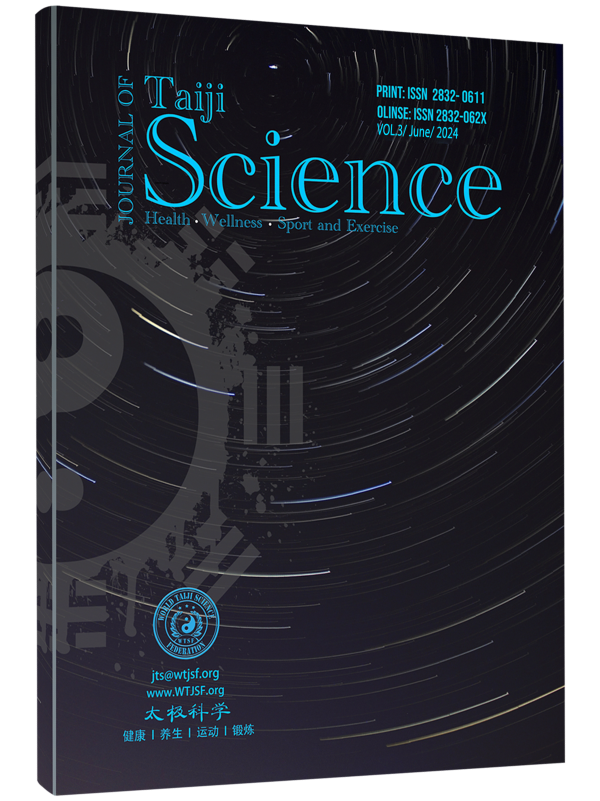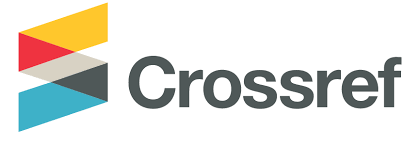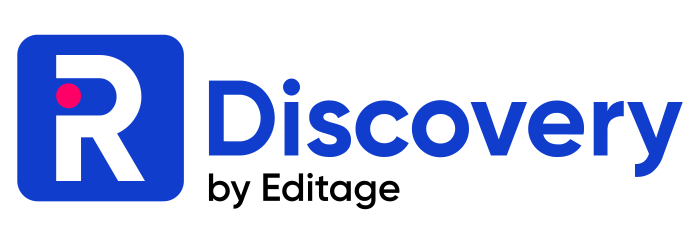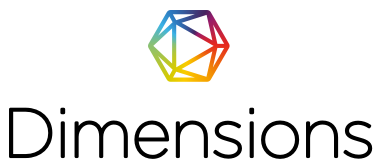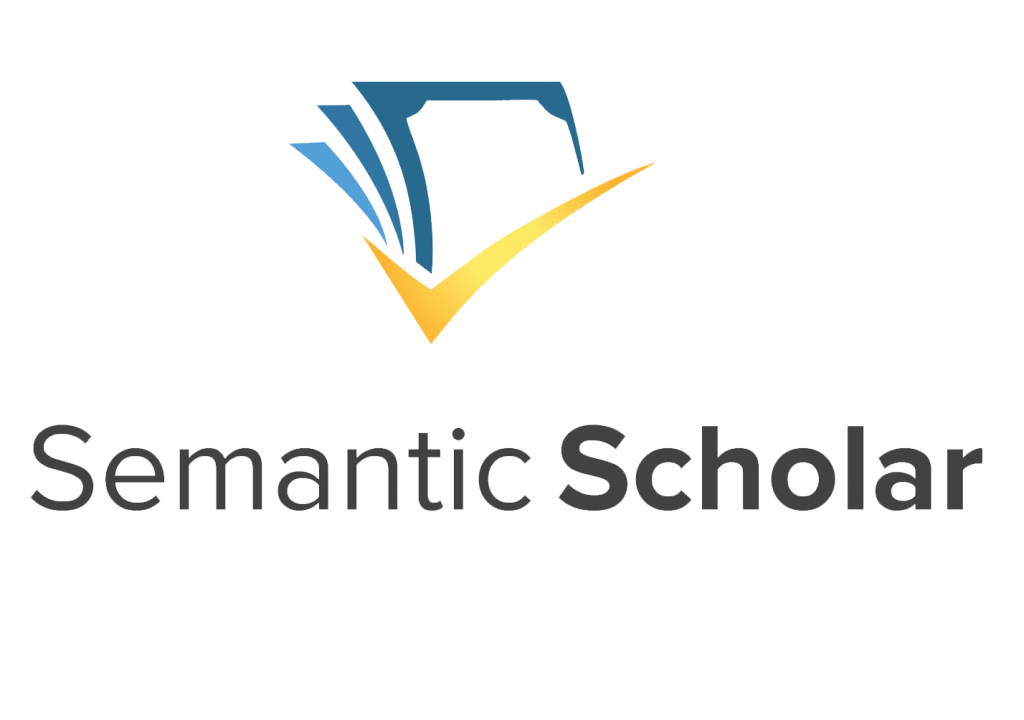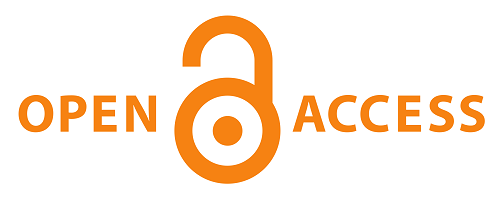Revealing the Inheritance of Taijiquan by New Historical Materials in Tang Village, China
DOI:
https://doi.org/10.57612/JS24.JTS.03.01Keywords:
Inheritance, Taijiquan, Historical Materials, Tang Village, ChinaAbstract
The recent discovery of new historical materials, relating to the “Thirteen-Momentum Martial Arts Manual (十三势拳谱)” which were found at Li Helin’s (李鹤林) former residence in Tang Village (唐村) in 2019, have deepened our understanding of the incomplete “Song of Practicing Thirteen Momentums (十三势行功歌)” and “Taiji Health-Preservation Martial Arts (HPMA) Manual (太极养生功谱)” which were discovered in the Li Family Genealogy in 2003. It has been found that the contents within these documents agree with the authors of the Taijiquan Classics in the two martial arts manuals discovered by Li Lichao’s family in Tang Village, in 2003. The newly discovered information on Wuji HPMA (无极养生功), Taiji HPMA (太极养生功), and their respective practicing postures of thirteen momentums, have proved extremely helpful and it has given us many new clues, which continue to further help us unravel the mystery surrounding the origin of taijiquan. A detailed review of these finds was published earlier in 2023, in this journal, and the purpose of this new paper is to continue to elucidate the content of these historical materials; to explore the development of Tang Village’s Wuji and Taiji martial arts, and to identify their impact on the early inheritance of these forms on various taijiquan sects. In this article, through overlaps that are observed in the unique postural characteristics of the thirteen momentums in the respective Wuji HPMA and Taiji HPMA, the historical relationships between the major taijiquan sects are now revealed.
Downloads
Downloads
Published
Issue
Section
License
Copyright (c) 2024 T. Julian Chu 朱殿蓉 (Author)

This work is licensed under a Creative Commons Attribution 4.0 International License.
All articles are permanently available online to the public without restrictions or subscription fees. All articles are free to be used, cited, and distributed, on condition that appropriate acknowledgement is included. Authors are the copyright holders of their original contributions. The published article is simultaneously licensed under a Creative Commons (CC) Attribution License. “A CC license is used when an author wants to give people the right to share, use, and build upon a work that they have created” Wikipedia.

